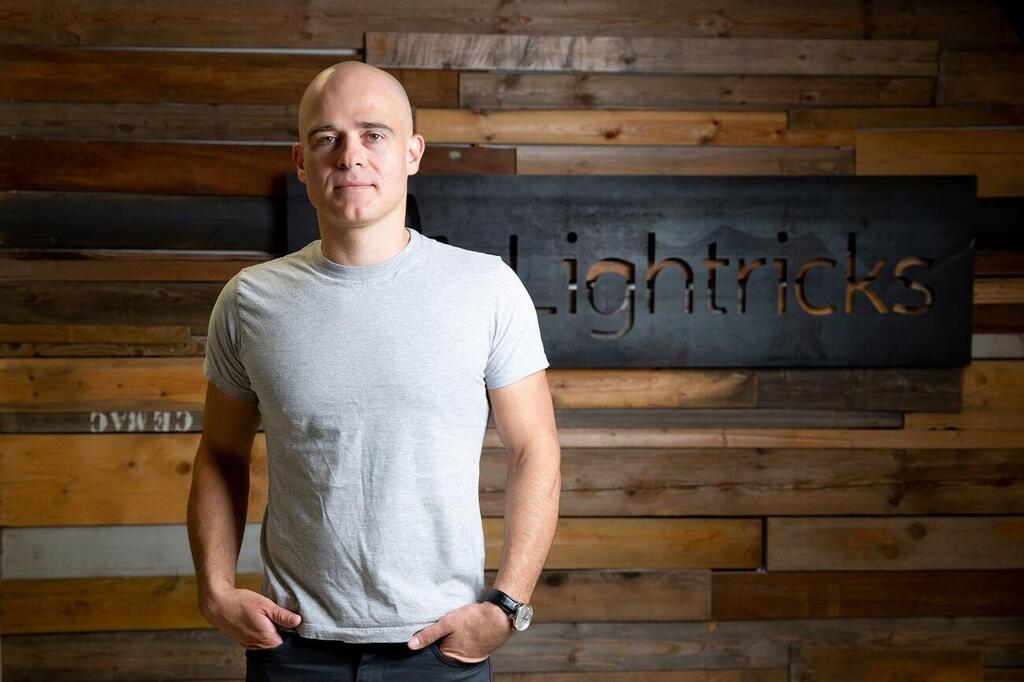Israeli tech company Lightricks on Tuesday unveiled what it calls the world’s most advanced artificial intelligence video generation model, positioning the Jerusalem-based firm alongside major international players such as OpenAI, Google and Alibaba.
The model, known as LTX Video-13B, features 13 billion parameters and includes a breakthrough video compression capability that reduces data size by a factor of 30. The innovation dramatically shortens video rendering time and cuts processing and storage costs.
(Video: Lightricks)
“With this model, Israel isn’t just on the map—we’re competing with the giants,” Lightricks CEO Zeev Farbman told Ynet.
Lightricks, known for mobile editing apps like Facetune and Videoleap, shifted its focus in 2022 toward AI video development. The company’s new platform, LTX Studio, is built on its proprietary AI model and targets creators of animation and video content by offering tools such as video generation from a single image, enhancement of existing footage and integration of visual elements.
The company said the new compression system creates a “compressed latent space,” where individual data tokens include more pixels and frames. That allows video generation that previously took up to 25 minutes to be completed in under a minute.
“This is the first successful attempt to apply this method to a video model,” Farbman said.
The model also runs on consumer-grade computers equipped with Nvidia graphics cards, instead of expensive AI-specific hardware. Using multi-scale rendering, the system improves video quality in stages and reduces hardware costs by up to 90%, according to the company.
Farbman said the model is part of a broader industry trend toward multimodal AI systems that combine text, images, video and audio. He predicted a surge in models exceeding 100 billion parameters that could, for example, generate music from video or vice versa.
“This is the next frontier—massive, multimodal AI models,” he said.
Get the Ynetnews app on your smartphone: Google Play: https://bit.ly/4eJ37pE | Apple App Store: https://bit.ly/3ZL7iNv
The company’s business structure is built on three layers: the core AI model, an API integration layer and end-user products including mobile apps, LTX Studio and Popular Pays, a platform acquired by Lightricks.
While the model is currently available as open-source software, Farbman said licensing will apply to users whose revenue exceeds $10 million. He added that the company’s decision to go open source is strategic.
“We’re not doing this purely out of altruism,” he said. “To compete with companies like Google and OpenAI, we need the support of researchers and developers. Making the model accessible is essential to that.”





